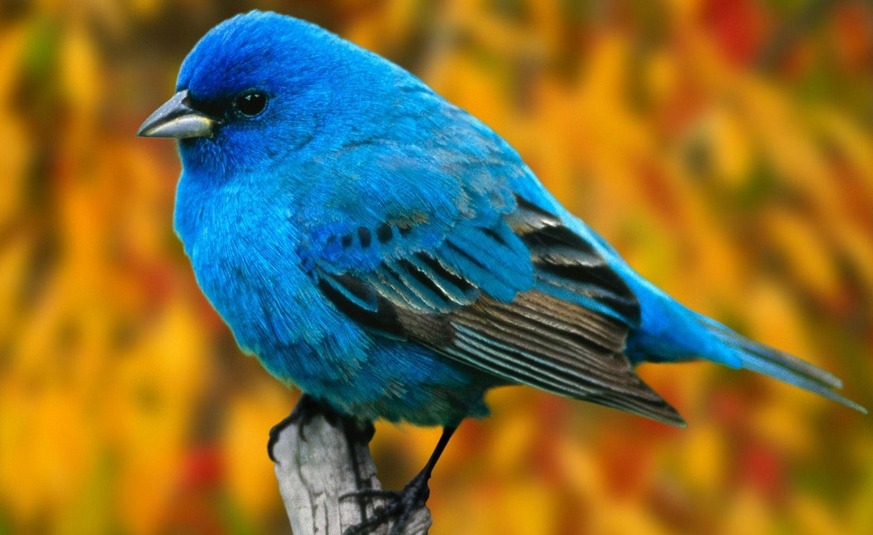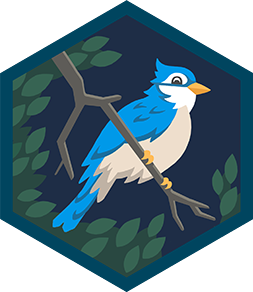Identify a bird
Observe local birds, record features, use a simple field guide to identify species, and draw or photograph your findings for comparison.



Step-by-step guide to identify local birds
Let's Go Bird Watching! | SciShow Kids Compilation
Step 1
Gather all your materials and put them in a small bag to take outside.
Step 2
Pick a safe outdoor spot where birds visit like a backyard park or near trees and sit down.
Step 3
Sit quietly and listen for bird sounds for five minutes so you can spot birds without scaring them.
Step 4
Scan the trees bushes and sky slowly with your eyes or binoculars to look for birds.
Step 5
When you see a bird keep watching that one bird so you can notice its details.
Step 6
Write down the bird’s features in your notebook such as colors size beak shape tail and any special marks.
Step 7
Draw a quick sketch of the bird in your notebook and add colors with your colouring materials.
Step 8
Open your field guide or printed pictures and look for birds that have the same features as your notes and sketch.
Step 9
Write the best matching species name in your notebook and add the date and the place where you saw it.
Step 10
Share your finished bird notes sketch and identification on DIY.org
Final steps
You're almost there! Complete all the steps, bring your creation to life, post it, and conquer the challenge!


Help!?
What can we use if we don't have binoculars, a field guide, or colouring materials?
Use a smartphone camera to zoom in and photograph birds instead of binoculars, open a free field-guide app or printed bird photos for identification in place of a paper field guide, and use regular crayons or markers for the sketch, keeping everything in the small bag from the first step.
What should we do if we can't spot any birds or they keep flying away?
If birds aren't showing or fly away, follow the instruction to sit quietly and listen for five minutes, move farther from busy paths or hide behind a bush, and try photographing distant birds so you can watch one bird's details later while completing your notebook notes and sketch.
How can this activity be adapted for different ages?
For younger children shorten the listening time to 2–3 minutes and use a picture checklist to match colors instead of lengthy notes, while older kids can write detailed features, measure size with a ruler, and use a field guide to add the species name before sharing on DIY.org.
How can we extend or personalize the bird-identifying activity after finding a bird?
Turn your dated notes, sketches, and photos into a bird journal with habitat and behavior notes, compare multiple sightings in your field guide, and upload your finished bird notes, sketch, and identification to DIY.org or a citizen-science site for feedback.
Watch videos on how to identify local birds
Beginner's Birdwatching: Tips & Tools for Success
Facts about birdwatching for kids
🐦 About 10,000 bird species live on Earth — that's a lot of feathered friends to spot!
🔭 Binoculars marked 8x42 are a favorite among birdwatchers because they balance magnification and brightness.
📸 Citizen-science sites like eBird collect hundreds of millions of bird observations from people around the world.
🎶 Learning bird songs and calls can help you identify shy species you might not see.
🎨 Most field guides organize species by size, color, and habitat to help you narrow down an ID quickly.
How do you identify a bird with a child step by step?
What materials do I need to identify birds with my child?
What ages is this bird-identifying activity suitable for?
What are the benefits and safety tips for child bird-identifying activities?


One subscription, many ways to play and learn.
Only $6.99 after trial. No credit card required



